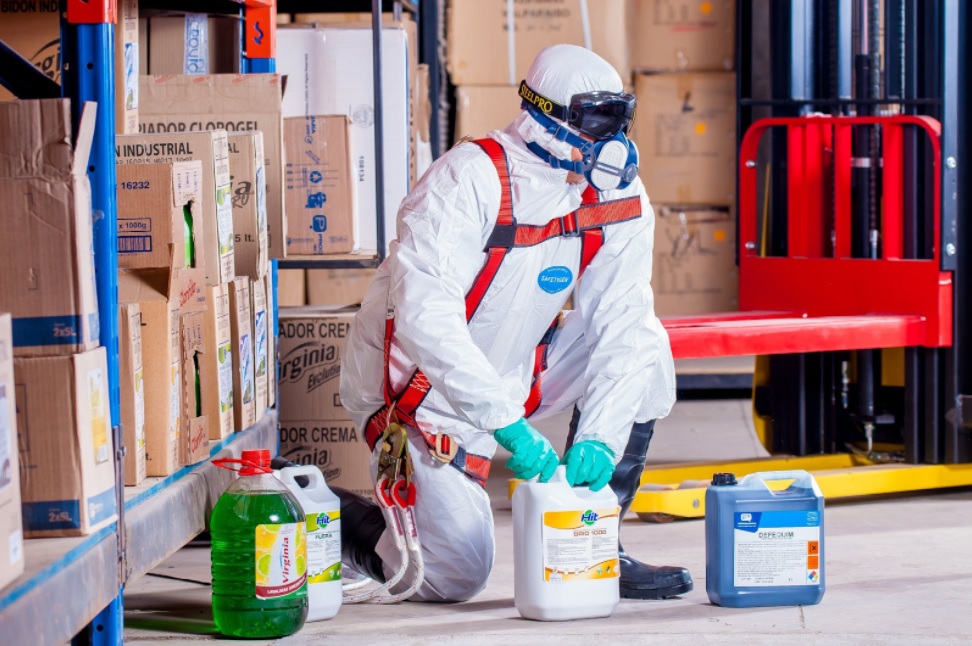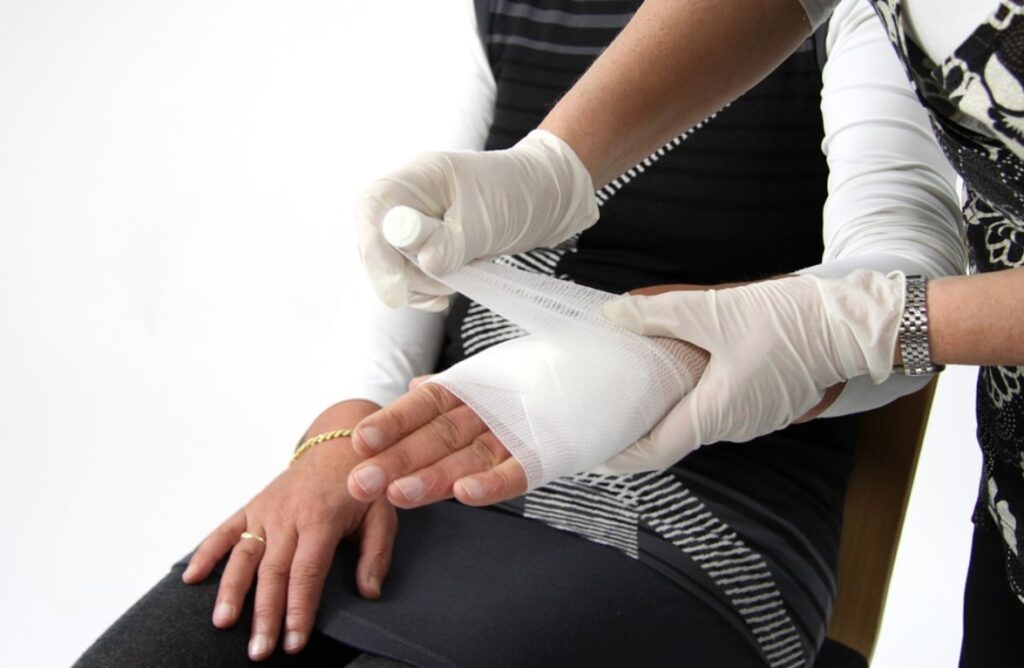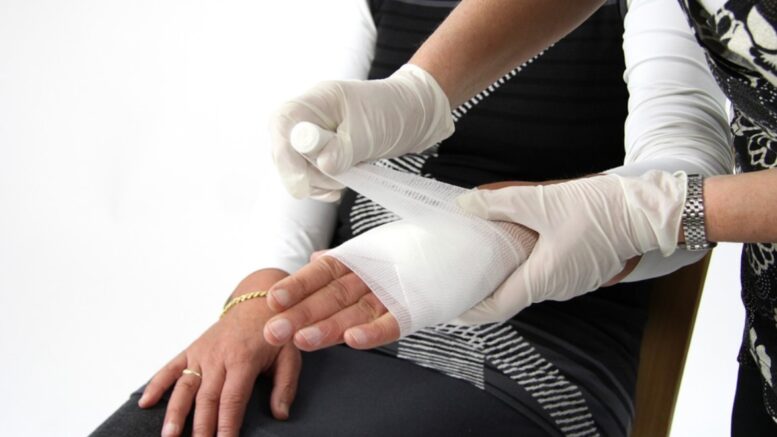Burns are one of the most painful injuries you can have, and they come in many different types and degrees of severity. There are many different ways to be burned, and while some types are minor and no cause for concern, some burns need immediate medical attention. Understanding the different types of burns and their severity levels is crucial for you to know if you’re entitled to legal compensation. Some burn victims are entitled to legal relief to assist in the aftercare of their burn.
What are the different types of burns?
There are many different ways you can be burned, each stemming from different origins.
Thermal burns
Thermal burns are the most common types of burns, and most people have experienced quite a few minor thermal burns. These burns scald the outer layer of your skin, damaging or sometimes killing living tissue cells. Common instances you could get a thermal burn from include:
- Boiling liquids
- Steam
- Hot metals
- Fire
- Contact with a hot object, such as a stove or pan
Most thermal burns are of low severity and will heal with little to no scarring. If your skin appears white or black, is numb, or covers a large expanse of the skin, medical assistance may be needed.
Radiation burns
Radiation burns are burns that are caused from lengthy exposure to any type of radiation. These include:
- X-Rays
- Radiation Therapy (cancer treatment)
- Nuclear disaster
- Sun burns (exposure to UV)
- Other thermal radiation burns, such as lamps or tanning beds
Sunburns are by far the most common radiation burns. Many people don’t realize the damage a sunburn or any other radiation burn can cause. These burns, even a seemingly minor sunburn, can cause skin damage and should be taken seriously. Redness and the peeling of the skin are common symptoms of radiation burns and should be treated as soon as possible.
Chemical Burns
Everyday chemicals most people use are the most common causes of chemical burns. These can include:
- Bleach
- Battery Acid
- Chlorinators
- Some household cleaners
- Drain cleaners
- Some skin and hair products
While some chemical burns cause pain upon impact, other times the symptoms develop hours after the burn happens, making them harder to identify. Common signs of chemical burns can include pain, numbness, tingling, redness, or burning. More severe chemical burns may blister or turn black or white. Chemical burns in the eyes can cause partial vision loss or temporary blindness. If you experience any of these severe symptoms, get medical assistance immediately.

Electrical Burns
Electrical burns are extremely dangerous and can cause damage not only to the skin but also your internal organs. There are many different ways to get an electrical burn, including:
- Contact with live wires, such as powerlines
- Oral contact
- High voltage contact
- Low voltage Contact
- Electrical flames
More than one type of these burns can appear on a victim. All electrical burns are extremely dangerous, and more than 1,000 US citizens die of electrical burns yearly. It is important to note that if you get an electrical burn, there may be little to no visible damage on your skin, but it’s still possible to have damage to your internal organs from the burn. If you experience an electrical burn, you should get medical assistance as soon as possible.
What are the different degrees of burns?
Most people already know that burns can be classified as first, second, or third degree. What isn’t common knowledge is what makes them different, along with the lesser-known fourth-degree burn.
First-Degree Burns
First-degree burns are by far the most common and occur when only the first layer of skin is affected. These are usually red, somewhat painful, and begin to peel after a few days. They’re most often caused by the sun or incidents involving hot surfaces such as a stove. If kept clean they’ll heal on their own after a few days, usually without scarring.
Second-Degree Burns
These burns are more severe and painful, usually affecting both the first and second layers of the skin. These are most commonly caused by severe sunburns, fire, major accidents with stoves, and boiling liquid spills. You can tell a burn is second-degree when it’s painful, looks white or deep red, or blisters. These burns may require medical attention.
Third-Degree Burn
A third-degree burn occurs when all three skin layers are affected, and these burns are considered to be quite severe. They most commonly occur with contact from an electrical source, chemical source, scalding liquid or fire. If the skin is black, white or yellow, extremely swollen, or numb, it’s most likely a third-degree burn. The burn will not heal without medical attention, so it is important to seek hospital care as soon as possible.

Fourth-Degree Burn
Fourth-degree burns are not commonly known about, but they are extremely serious. If you or a loved one experiences a fourth-degree burn, you must seek medical help as soon as possible. Fourth-degree burns go through all layers of skin to reach tissue and fat, and sometimes expose or even eat through bone. These burns may even damage organs and could lead to amputation. You most likely will not feel a fourth degree burn since so many nerves are damaged or destroyed. Fourth-degree burns are considered a medical emergency and can in some cases be fatal.
Conclusion
It’s important to know the different types of burns, how to identify them, and their different levels of severity. Most people will experience burns throughout their lifetimes and identifying them is crucial so you can know what to do next. Some burn victims are entitled to legal relief, and it’s important to learn more about your options after seeking treatment for a burn.
